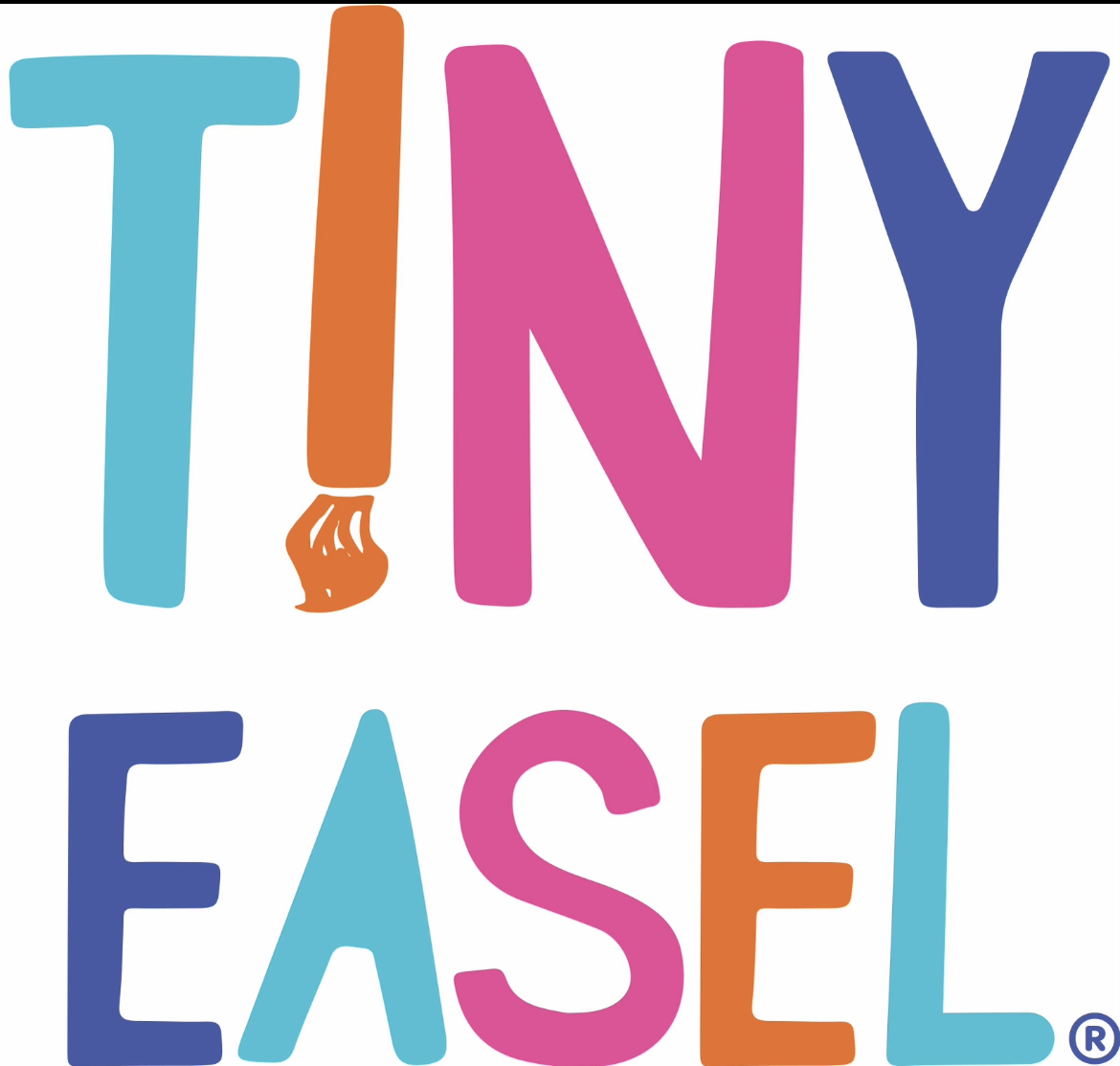Skateboarding is more than just a sport—it’s a way of life, a culture rooted deeply in self-expression, rebellion, and freedom. From its humble beginnings in the backyards of suburban America to its rise as a global phenomenon, skateboarding has evolved into something that represents more than the sum of its tricks and flips. For many, skateboarding is a personal journey, a means of shaping identity, and a community that transcends borders and social boundaries.
The essence of skateboarding lies in its spontaneity and raw creativity. Unlike organized sports, where rules and structure dominate, skateboarding celebrates a freeform attitude. There are no teams, no coaches, and no strict guidelines. This lack of regulation creates an environment where creativity can flourish. Skaters are artists who use the urban landscape as their canvas. Handrails, curbs, benches, and stair sets—these common architectural features transform into opportunities for unique expressions of style and individuality. A simple ledge might be an obstacle to someone on the way to work, but for a skateboarder, it’s an opportunity to create, to innovate, to express a moment of ingenuity.
But skateboarding is not without challenges. It’s a culture shaped by obstacles, both literal and metaphorical. The act of skateboarding itself is an ongoing exercise in resilience. Every trick involves trial and error, countless falls, and an unwavering determination to keep trying. This resilient attitude is not confined to the physical aspect of skateboarding but also extends into the lives of those who skate. Many skaters have faced societal rejection, given the sport’s association with rebelliousness and anti-establishment sentiments. In the past, skateboarding was often seen as an activity for delinquents, relegated to the fringes of society. The sight of “No Skateboarding” signs still dotting urban areas serves as a reminder of how the culture has always had to fight for its space.
However, this resistance has only strengthened the community’s bonds. Skateboarding has always existed on the periphery of mainstream acceptance, which has fostered a sense of solidarity among its practitioners. Skaters are quick to help each other up after a fall, share tips, or encourage one another to land that elusive trick. It is a community that thrives on inclusiveness, welcoming those willing to push boundaries—whether physical, social, or creative. It is precisely this underdog spirit that has helped skateboarding evolve and flourish against all odds.
The culture of freedom within skateboarding also extends to fashion, music, and art. The influence of skateboarding on these aspects of culture is undeniable. The baggy pants, graphic tees, and flat-soled shoes synonymous with skate style have found their way into mainstream fashion, embraced by designers and the broader public alike. The punk and hip-hop music that skaters have long championed has provided a soundtrack for the sport, reflecting its rebellious energy. Many skaters are also artists, and skateboarding itself can be seen as a form of performance art. Skate decks serve as moving canvases, adorned with intricate and thought-provoking graphics, often created by the skaters themselves. These decks carry messages, symbols, and designs that reflect the individuality and countercultural ethos of the skating world.
With the recognition of skateboarding as an Olympic sport, some might argue that the culture is losing its edge—being diluted and sanitized for mainstream audiences. But the true spirit of skateboarding remains untouched. For those who skate, it isn’t about the medals or the endorsements. It’s about the feeling of the board beneath their feet, the wind rushing past their face, the thrill of landing a trick after hours of practice. The commercialization of skateboarding may have brought more visibility, but at its core, the culture continues to thrive in the streets, skateparks, and abandoned warehouses—the places where skaters come together not for fame, but for the love of the ride.
Skateboarding also represents a unique form of resistance against the commodification of public spaces. Skaters repurpose urban environments in ways that challenge their intended functions. They turn corporate plazas into playgrounds, parking lots into skate spots, and city squares into stages for impromptu sessions. In doing so, skaters make a statement—they assert that public spaces belong to everyone, not just those who follow the prescribed uses. This act of reclaiming space is inherently rebellious, a small yet significant stand against the increasing privatization of public environments.
The global reach of skateboarding has also created a platform for cultural exchange and breaking down social barriers. Skateboarding doesn’t require expensive equipment, and it doesn’t come with a long list of rules or prerequisites. All you need is a board and a place to ride. As a result, skateboarding has found a home in cities and towns all over the world, from the bustling streets of Tokyo to the favelas of Rio de Janeiro. It has provided a means of expression and community for people who may not have had access to traditional sports or activities. Skateboarding videos and social media have played a significant role in connecting skaters globally, allowing them to share their tricks, experiences, and stories with a wider audience. These connections foster a sense of unity and shared purpose among skaters, regardless of their background or nationality.
For younger generations, skateboarding offers a sense of belonging and identity. For many, the skatepark is more than just a place to practice tricks; it’s a refuge. It’s a place where people from different walks of life come together, united by their passion for skating. Unlike many other sports, where performance and competition often lead to pressure and exclusion, skateboarding is largely about personal progression and style. Skaters respect each other for their unique approach, regardless of skill level. It’s about trying, failing, and trying again—and about the style and flair with which you do it.
The culture of skateboarding will continue to evolve, but its foundation remains rooted in freedom, creativity, and resilience. As the world becomes more connected, the skateboarding community continues to grow, pushing boundaries and inspiring new generations to embrace the sport. Skateboarding is about much more than just riding a piece of wood with wheels; it’s about taking risks, challenging the norm, and expressing oneself without limitations. It’s about the friendships forged in the late-night sessions, the stories shared over scraped knees, and the collective desire to keep pushing, to keep riding—no matter what.








